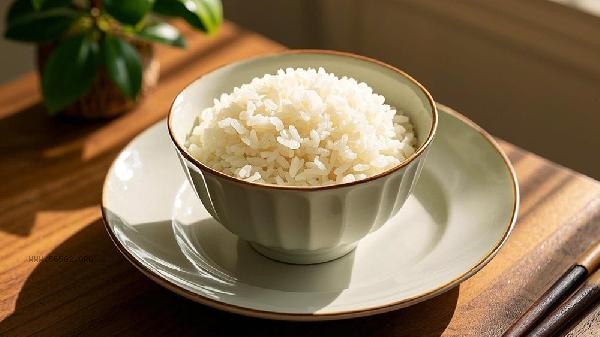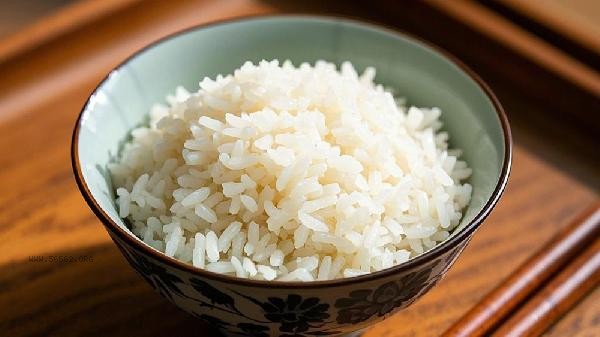The undercooked rice in an electric rice cooker may be caused by deformation of the inner pot, malfunction of the heating plate, insufficient water volume, unstable voltage, or rice quality issues. This can be resolved by inspecting the equipment, adjusting the water volume, replacing accessories, and other methods.

1. Inner pot deformation
The deformation of the bottom of the inner pot of the rice cooker can cause poor contact with the heating plate, resulting in uneven heat conduction. Commonly seen in long-term use of aluminum inner liners or failure to replace them in a timely manner after being bumped, resulting in localized rice entrapment or burnt bottom. It is recommended to choose a thick inner liner and regularly check the flatness of the bottom. Minor deformations can be repaired by tapping lightly with a wooden mallet, while severe deformations require replacement with a new inner liner.
2. Heating plate malfunction
Oxidation on the surface of the heating plate or aging of the resistance wire can cause a decrease in heating power, especially for rice cookers that have been used for more than 5 years. It can be judged by observing whether the heating plate turns black and testing the heating speed by touch. Avoid empty burning in daily life, and do not use steel wire balls to scrape during cleaning. If abnormal heating is found, repair or replace the heating plate component in a timely manner.
3. Insufficient Water Quantity
Imbalance of water to rice ratio is a common operational error. New rice has strong water absorption and needs to be added with water at a ratio of 1:1.2, while aged rice needs to be added at a ratio of 1:1.5. When the water volume is too low, the steam cannot circulate fully, resulting in the upper layer of rice becoming dry and hard. It is recommended to use a measuring cup to accurately add water. Different varieties of rice need to adjust the amount of water. Soaking for 20 minutes before cooking can help with water infiltration.

4. Unstable voltage
In old residential areas or during peak electricity consumption periods, voltage may drop below 200V, causing the rice cooker to fail to reach its rated power. Manifested as prolonged cooking time or repeated tripping. A multimeter can be used to detect the voltage of the socket, and a voltage regulator can be installed if necessary. Choosing a wide voltage design rice cooker can better adapt to voltage fluctuations.
5. Rice quality issues
Rice grains that are moldy or excessively aged have poor water absorption performance, and starch structure changes make it difficult to gelatinize. Pay attention to the color and odor of rice when purchasing, and store it in a cool and dry place. If you find that the rice grains turn yellow or have a crackling taste, it is recommended to replace them with new rice. In the short term, you can try extending the soaking time to 1 hour to improve the cooking effect.

When using a rice cooker in daily life, it is recommended to clean the inner pot with white vinegar every month to remove scale and avoid scratching the coating with a metal spatula. Ensure that the sealing ring of the pot lid is intact before cooking, and do not frequently open the lid during the cooking process. If the above problems are ruled out and still cannot be cooked, it may be a malfunction of the thermostat and requires professional maintenance. Choosing high-quality rice and mastering the correct rice water ratio can significantly improve the taste and ripeness of rice.








Comments (0)
Leave a Comment
No comments yet
Be the first to share your thoughts!